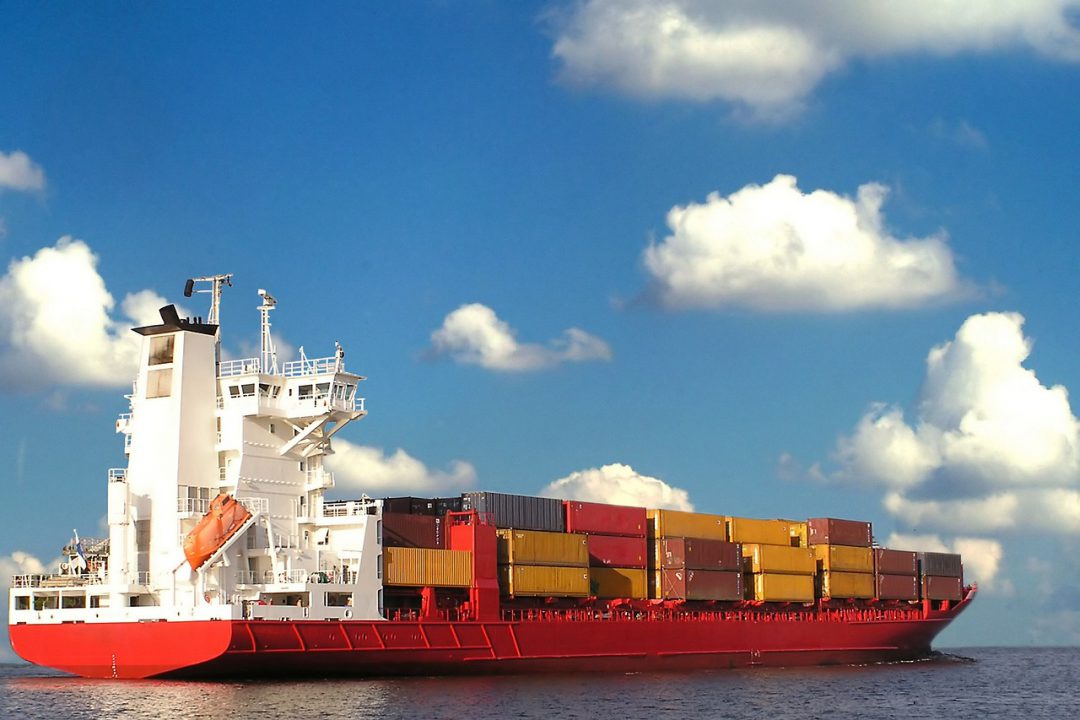NIBULON is currently working on four different projects, namely T410 and B1500 ones. It has recently started to work on 121M and NBL-91 projects. The shipyard is carrying out the planned maintenance of NIBULON’s ten self-propelled and non-self-propelled vessels.
The first T410 project harbor pusher tug (order 10033)
Having launched the vessel, the shipbuilders installed main engines and rudder propellers; they performed outfitting works. The vessel is being prepared for sea trials. It will be then delivered to a customer – NIBULON’s shipping company.
The second T410 project harbor pusher tug (order 10034)
The shipbuilders have mounted a wheelhouse where electrical fitters are currently connecting control panels, installing sensors to lift the wheelhouse, as well as other equipment. The specialists finish producing a metal tent cover for the main engines. They have finished insulation and plating of the tug’s spaces, and the crew’s cabin was equipped with all necessary furniture and equipment. The shipbuilders installed a lifeboat. The workers from the painting and insulation area finish painting the freeboard and fore supports for pushing operations.
The shipbuilders will soon start to mount the propulsion unit equipment.
The third non-self-propelled B1500 project open type vessel (order 10037)
The shipbuilders have already formed the hull structure. They have performed water tightness test. The workers are currently painting two buoyancy compartments.
The vessel is equipped with cargo platform coamings and fenders. The shipbuilders have mounted pipes for the firefighting and drainage systems as well as the electric and fitter items.
They will soon start to mount a cable network.
The fourth non-self-propelled B1500 project open type vessel (order 10038)
The specialists have installed the first six sections for the future vessel on the building berth. The specialists continue forming the hull structure.
When the third non-self-propelled open type vessel is launched, the order 10038 will be moved to its place for further construction.
As part of the shipbuilding program implementation, NIBULON’s shipyard has started to construct the fifth non-self-propelled NBL-91 project vessel (order 10040). The workers of the metal processing workshop cut and bend metal to produce the vessel’s parts. The specialists from the section assembly workshop are producing sections efficiently.
The shipyard built the first four vessels of this project within 2015-2016. Putting these vessels into operation became an important stage in implementing NIBULON’s investment project to develop a new logistics system in Ukraine and to revive navigation along the Southern Buh. The vessels are intended for transportation general and bulk cargoes. They can be operated in shallow water.
The shipbuilders have started to build the fourth modernized 121M project (order 10044). The metal processing workshop is engaged in cutting and bending metal. At present, the shipbuilders have already produced 6 sections (bottom, side, and deck ones). The specialists of the assembly section workshop are producing the first sections.
The first three vessels of this project joined NIBULON’s fleet in 2017. The high-capacity tugs have been conducting cargo trips along the Ukrainian rivers for three years, increasing water cargo transportation. The main advantages of the modernized 121M project tugs are maneuverability when passing shallow water areas.
The shipbuilders improved their design and reduced draft, taking into account operation conditions. These vessels are equipped with the movable wheelhouse which can be raised or lowered within 180 seconds, thereby ensuring quick and efficient pass through bridges without raising thereof. By the way, these vessels are named after Yurii Makarov, Anatolii Hankevych, Nodari Chanturiia, famous and talented shipbuilders in Mykolaiv region.

























